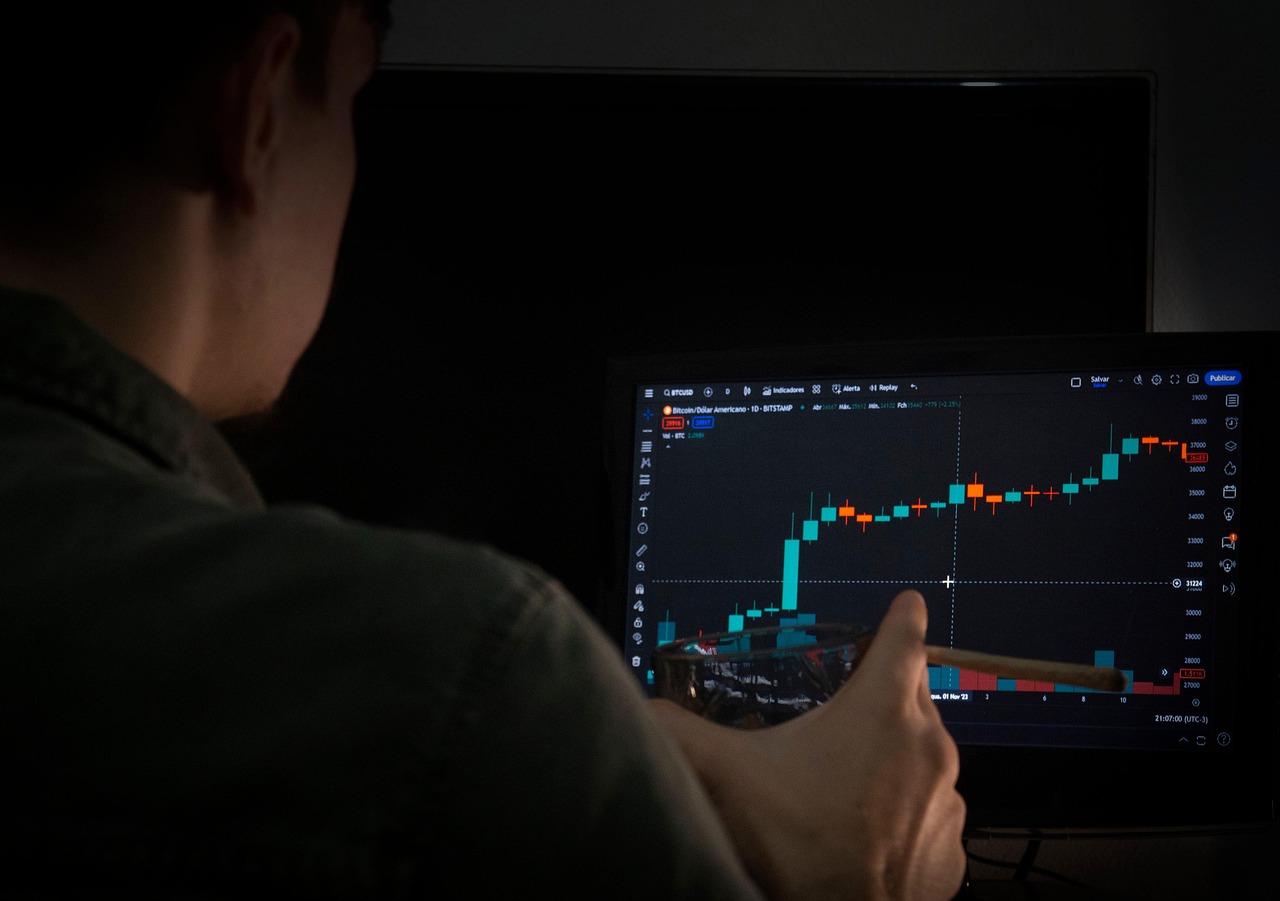Crypto vs Traditional Investing: Understanding Today’s Top Investment Paths
As we chart the fast-paced universe of 2025 finance, investors face a significant choice: crypto vs traditional investing in 2025. Classic with antiquated investments such as stocks and bonds, or become part of the latest digital assets and cryptocurrencies? In this blog, we’ll provide an overview of each of these investment options, examine the risks and benefits, and help you determine what’s best for your needs.
What Is Crypto vs Traditional Investing in 2025?
In actuality, what Crypto vs Traditional Investing in 2025 is really comparing is apples and oranges:
- Crypto Investing: Investment in crypto currency (e.g., Bitcoin, Ethereum, stablecoins) and ancillary opportunities like decentralized finance (DeFi), non‑fungible tokens (NFTs), and staking.
- Traditional Investing: Stocks, bonds, index funds, real estate, mutual funds, or ETFs.

Why This Debate Matters in 2025
Expansion of digital assets, improved infrastructure, and shifting regulations has welcomed crypto. Traditional investing—utilizing half a century of history—is still dominant. Understanding where one is beginning is the beginning of developing a quality portfolio.
The Attraction of Crypto
1. Opportunity for Enormous Returns
Some of the digital coins have recorded record-breaking returns. Early investors in Bitcoin had 1000×+ returns. Such runaway growth is not common—and history does not exactly repeat itself—but remains fascinating to individuals.
2. Use Cases & Innovation
Innovative blockchain technology is turning into a reality in 2025: DeFi lending platforms, tokenized assets, international payments, NFTs, and even decentralized autonomous organizations (DAOs). Individuals investing in digital assets are indirectly driving the revolution for innovation.
3. Diversification of a Portfolio
Crypto price action will differ from stocks or bonds. It can diversify a diversified portfolio—if you can stomach the volatility.
4. Efficiency & Accessibility
Crypto is traded 24/7 on worldwide exchanges. With minimal frictions to investment—typically a phone and wallet app—customers in most countries can invest without middlemen.
Why Old-Fashioned Investing Still Works
1. Demonstrated Track Record
Stocks, bonds, and property deliver long-term returns. The S&P 500, for instance, has returned around ~7–10% annually over the past few decades. Conventional investments also yield reliable dividends, interest, and rents.
2. Less Volatility
Not risk-free, but less risky than cryptocurrency, conventional investments are. Stability is worth something to lower-risk tolerance investors or short-term investors.
3. Robust Regulatory Protections
Governing bodies such as the SEC or local regulators oversee traditional assets, with the benefits of investor protection, disciplined disclosures, and access to courts which are absent in crypto.
4. Widespread Accessibility
Traditional investing is hassle-free and accessible through retirement accounts (401k, IRA), tax-advantaged vehicles, and automatic investing (Robo-advisors).

Side-by-Side Comparison
| Feature | Crypto (Digital Assets) | Traditional Investing |
|---|---|---|
| Volatility | Very high (highly volatile) | Moderate, long-term appreciation |
| Potential for Returns | Very high (volatile) | Moderate and reliable |
| Regulatory Control | Emerging/regulatory uncertainty | Fixed and set |
| Liquidity & Access | Global 24/7 markets; user-friendly apps | Market times; brokerage not required |
| Diversification Value | High diversification value | Building block of core portfolio |
| Technological Innovation | Direct access to future of blockchain | Indirect access via tech stocks |
| Income Generation | Yield through staking or lending; risk-sensitive | Dividends, rent, interest; low-risk |
Risks & Considerations
1. Volatility
Prices of cryptocurrencies can vary 20–30% in a day. This kind of day-to-day volatility is not common with traditional assets.
2. Regulation & Security
Investors are on their own to secure wallets. Hack attacks and scams remain threats. Updates in regulations also influence market dynamics.
3. Challenges of Valuation
The traditional assets include valuation parameters; crypto projects may not always possess precise financial fundamentals.
4. Emotional Discipline
The volatile nature of crypto markets can initiate emotional investment decisions. Traditional investing is a long-term game that works best with patience.
How to Approach Crypto vs Traditional Investing in 2025
Step 1: Define Your Goals & Risk Tolerance
Decide what you’re investing for (retirement, education, wealth growth), your timeline, and comfort level with risk.
Step 2: Set Allocation
A balanced portfolio would consist of 60–80% legacy assets and 5–20% crypto. More conservative investors can go lower.
Step 3: Pick Quality Crypto
Only invest in top-10 coins (Bitcoin, Ethereum) and projects with true utility. Don’t invest in speculative or unknown tokens.
Step 4: Dollar-Cost Average (DCA)
Regular interval investing of a fixed amount reduces timing risk and builds habit.
Step 5: Store Storage Guarantees Safely
Hardware wallets for long-term positions, secure wallets, two-factor authentication.
Step 6: Keep Learning
Crypto occurs quickly. Keep abreast of quality news outlets, regulatory notices, whitepapers or project fundamentals.

Case Studies
Alice Balanced Portfolio
$80k diversified index funds, bonds, REITs
$10k in Bitcoin and Ethereum with DCA
Outcome (2021–2024): +8% average annual return. Crypto provided good upside during bull times; conventional assets provided some cushion to bear times.
Bob’s Split With a Twist on Technology
$60k in growth mutual funds and technology stocks
$30k in crypto (former $30k in altcoins with DeFi exposure)
Result: More extreme growth on rallies, but 2022–2023 corrections revealed high volatility. Bob lowered to 15% crypto mid‑2025.
Frequently Asked Questions
Q1: Will crypto become a replacement for traditional investing?
A: Not likely. Crypto is an added complement to traditional assets, not a substitute. Diversification reigns supreme.
Q2: Is Bitcoin more or less risky than the S&P 500?
A: Short term, definitely more risky. Long term, stocks tend to be more stable.
Q3: Is it a good time to invest in crypto?
A: Time‑in‑market wins out over timing the market. Use DCA regardless of price cycles.

Conclusion
The Crypto vs Traditional Investing of 2025 is not a choice between either/or—how to combine the best. Conventional investing provides security and proven returns; digital currencies provide stratospheric growth potential and access to technological brilliance. By combining the two, you can create a mighty, vision‑driven portfolio that leverages the best of both.




